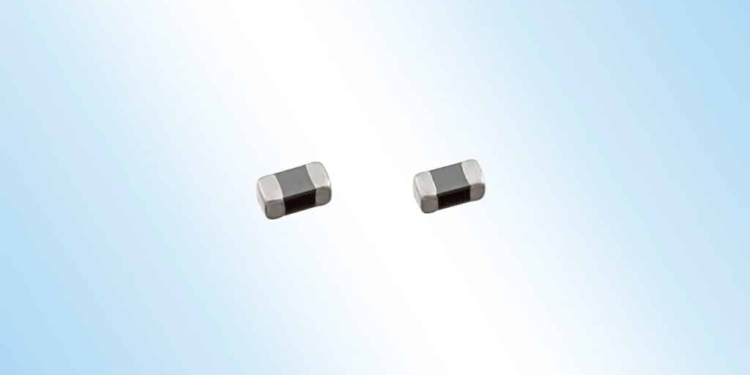Source: TDK news
TDK Corporation has expanded its lineup of chip varistors with the new AVRF101U6R8KT242 for audio equipment, which offers both ESD and EMI protection.
This product is intended for audio equipment that uses wireless communications in the 2.4 GHz band. Thanks to optimization of its capacitance of 6.8 pF, the multilayer component features high attenuation at this frequency and is able to effectively suppress the generated TDMA noise and thus improve receiver sensitivity. It offers excellent ESD protection according to IEC61000-4-2, Level 4 and has a maximum permissible circuit voltage of 28 V DC, making it suitable for high power class-D amplifiers. Key applications include smartphones, speakers and other wireless devices that operate in the 2.4-GHz band using wireless LAN and Bluetooth, for example.
Moving forward, TDK will continue to expand the product lineup in terms of chip sizes, bandwidth support range, and other specifications, in order to support a wide range of applications.
Main Applications
- ESD and EMI protection of audio equipment such as smartphones, speakers and other wireless devices that operate in the 2.4-GHz band using wireless LAN and Bluetooth
Main Features and Benefits
- Combined ESD and EMI protection
- Excellent ESD protection capability according to IEC61000-4-2, level 4
- Suppression of TDMA noise generated by wireless communications
- Improved receiver sensitivity for wireless communications
- High permissible circuit voltage of 28 V DC for high power audio output
Key data
| Type | Dimensions [mm] |
Max. permissible circuit voltage [V] |
Capacitance [pF] |
Max. 2.4-GHz insertion loss [dB] |
|---|---|---|---|---|
| AVRF101U6R8KT242 | 1.0 x 0.5 x 0.5 (EIA0402inch) |
28 | 6.8 pF ±10% | -20 max. |
Glossary
- TDMA noise: Unpleasant audible noise generated by speakers when high frequency communication signals intrude into a microphone line
- IEC61000-4-2: International Electrotechnical Commission’s immunity standard on ESD
































